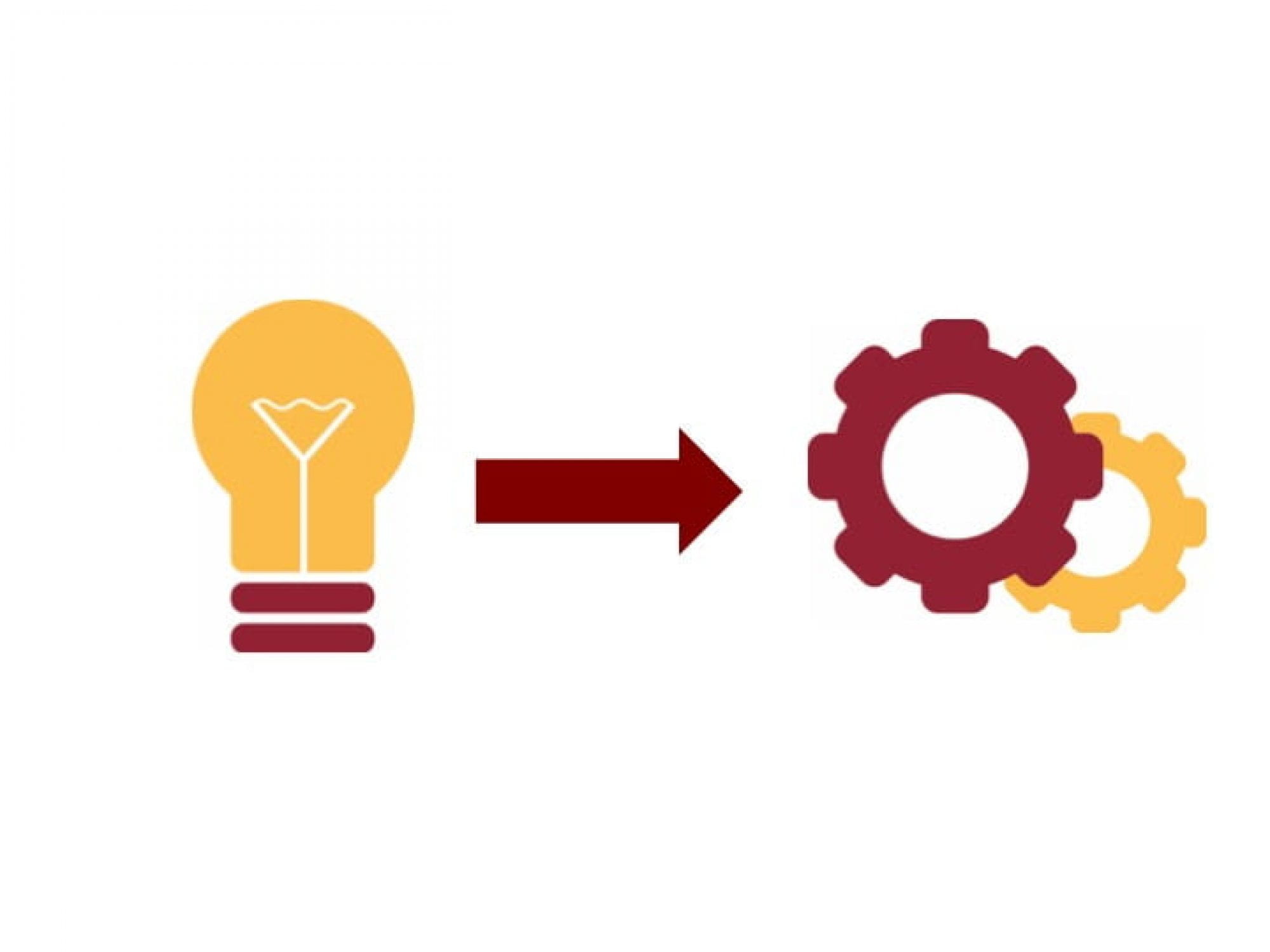Patentopia does the hard work of scraping the PatentsView database with a list of inventors or assignees, but there are still many issues to resolve in your disambiguation process. Patentopia does not resolve disambiguation but provides information so you (the user) can do so. Some examples are:
- The inventor has moved. If you are looking to match only against one location (likely the inventor’s current home), you may get false negatives.
- You do not have the inventor’s full name. We created the second column of “full name” because some databases, such as the awardee list of a federal agency, may not have the middle initial.
- The inventor has filed under multiple versions of his/her name. Sometimes the middle name is included, sometimes not.
- An inventor can have many PatentsView inventor IDs. Even after addressing all these issues, one inventor can have multiple IDs due to discontinuities in the filing process. This is more likely to happen for prolific inventors (i.e., “superstar” faculty).
- The assignee may be aggregated with other assignees into clusters identified through the PatentsView disambiguation process. This clustering can be faulty. (Please see our technical note for a complete discussion).
- The assignee name may change through its own corporate processes, or the patent may be assigned to another entity through a transaction.
You may also be experimenting with Google Patents (GP). We have studied the differences between our output and GP, and a comparison shows that:
- GP 7-digit patent numbers mostly agree with USPTO output.
- In some cases, GP misses some of the patents listed by USPTO.
- GP reports 11-digit citation numbers representing peer-reviewed journal articles; these are not included in USPTO citations.
- GP reports the specific non-US citations. The USPTO reports those, but they are excluded from Patentopia output.
- GP identifies family-to-family citations, but PatentsView does not always cite each member of the family, even for US patents.
- GP reports citations added by the examiner (noted with asterisk * on the GP website). This sometimes matches with USPTO output, but not always.
In summary, Patentopia extracts USPTO data and identifies individual US patents associated with a specific inventor or organization. You may get different results with Google Patents, but in general the differences stem from 1) non-US patents; and 2) edits from the examiner.
